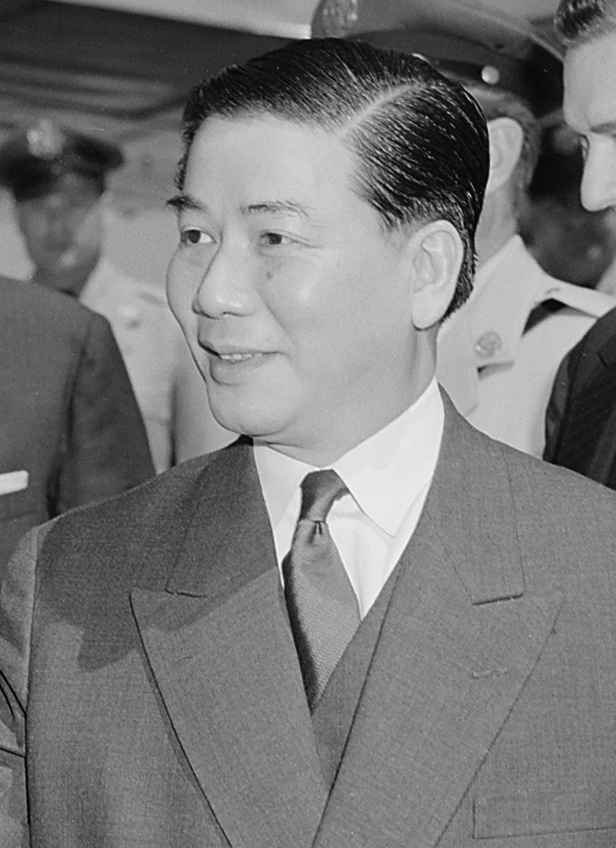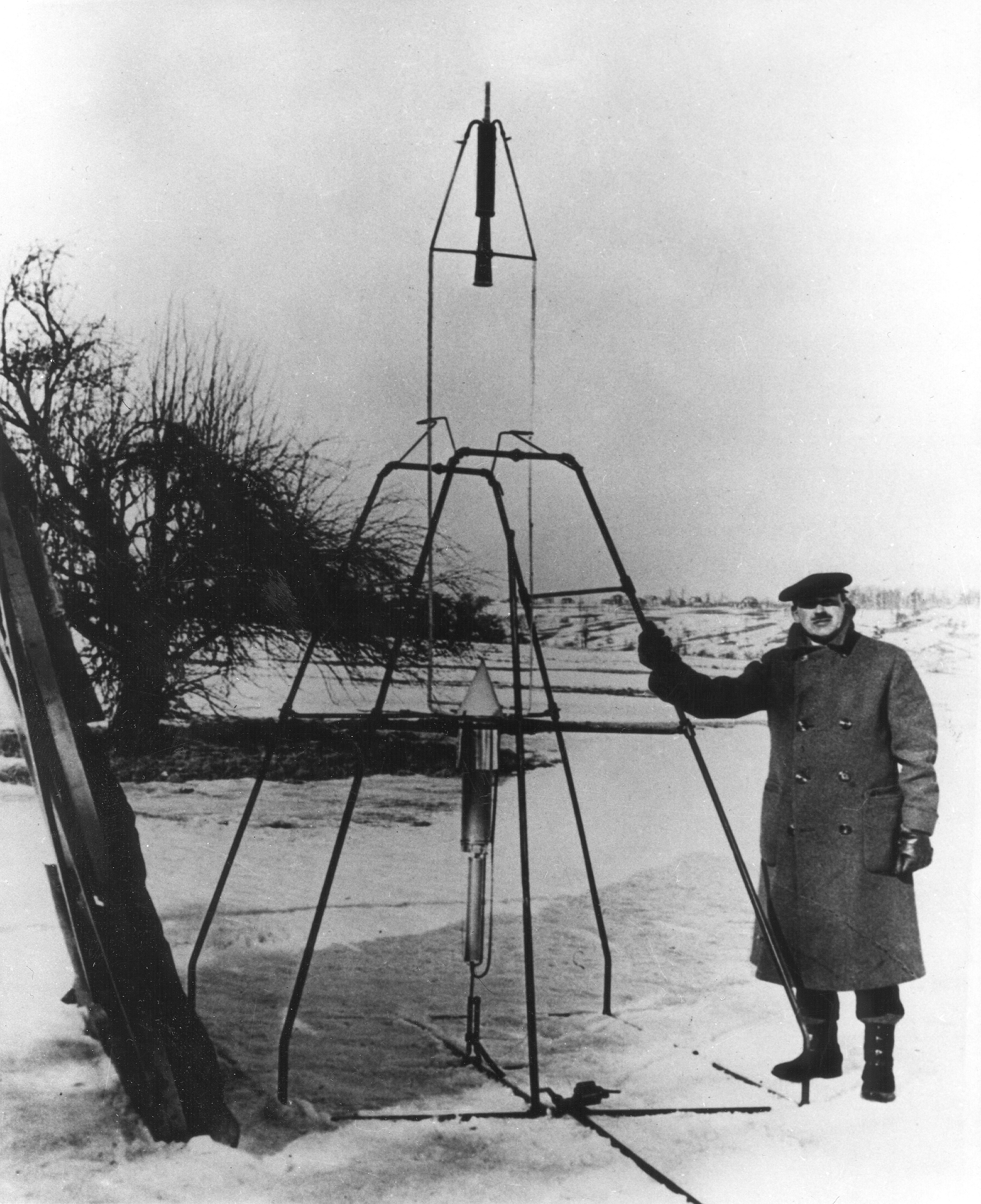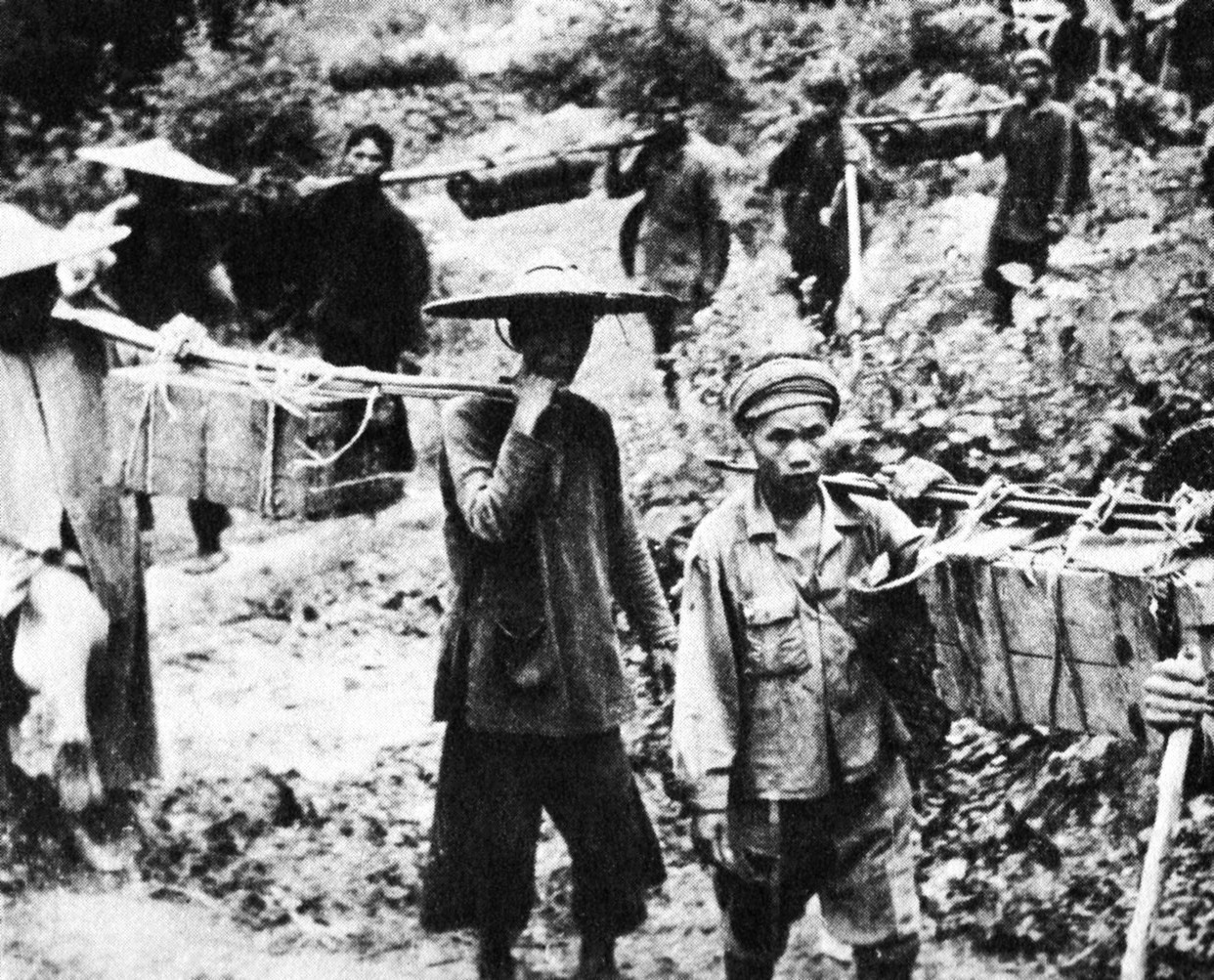|
Trần Bạch Đằng
Trần Bạch Đằng (born Truong Gia Trieu) (1926 – April 16, 2007) was a key figure in planning the 1968 Tet Offensive during the Vietnam War, and was the leader of Communist forces in Saigon, the South Vietnamese capital, during that offensive. He was the leading Communist political officer in Saigon and a member of the National Liberation Front Central Committee. Đằng is the author of the novel Ván bài lật ngửa, which was about an intelligence figure in the Vietnam War - Colonel Phạm Ngọc Thảo, under the pen name Nguyễn Trương Thiên Lý. Biography His real name is Trương Gia Triều. He was born on July 15, 1926, in Hòa Thuận commune, Giồng Riềng District, Rạch Giá Rạch Giá () is a provincial city and the capital city of Kiên Giang province, Vietnam. It is located on the Eastern coast of the Gulf of Thailand, southwest of Ho Chi Minh City. East of city, it borders Tân Hiệp and Châu Thành town, t ... (now Kiên Giang p ... [...More Info...] [...Related Items...] OR: [Wikipedia] [Google] [Baidu] |
Rạch Giá
Rạch Giá () is a provincial city and the capital city of Kiên Giang province, Vietnam. It is located on the Eastern coast of the Gulf of Thailand, southwest of Ho Chi Minh City. East of city, it borders Tân Hiệp and Châu Thành town, the Gulf of Thailand is to the West and surrounds some parts of the city, south of the city is Châu Thành and An Biên town, and to the North it borders Hòn Đất and Tân Hiệp. Administrative units Rạch Giá was upgraded from a town to a city by Government Decree No. 97/2005/NĐ-CP on July 26, 2005. The city has 12 administrative units: *Vĩnh Thanh Vân Ward *Vĩnh Thanh Ward *Vĩnh Lạc Ward *Vĩnh Lợi Ward *Vĩnh Quang Ward *An Hòa Ward *An Bình Ward *Rạch Sỏi Ward *Vĩnh Thông Ward *Vĩnh Hiệp Ward *Phi Thông Commune Rạch Giá is the first city where the Vietnamese government applied a "lấn biển" project to build out to the ocean to expand territory. The "lấn biển" project expanded the city to become ... [...More Info...] [...Related Items...] OR: [Wikipedia] [Google] [Baidu] |
Phạm Ngọc Thảo
Phạm Ngọc Thảo ( IPA: , ), also known as Albert Thảo (14 February 1922 – 17 July 1965), was a communist sleeper agent of the Việt Minh (and, later, of the People's Army of Vietnam (PAVN)) who infiltrated the Army of the Republic of Vietnam (ARVN) and also became a major provincial leader in South Vietnam. In 1962, he was made overseer of Ngô Đình Nhu's Strategic Hamlet Program in South Vietnam and deliberately forced it forward at an unsustainable speed, causing the production of poorly equipped and poorly defended villages and the growth of rural resentment toward the regime of President Ngô Đình Diệm, Nhu's elder brother. In light of the failed land reform efforts in North Vietnam, the Hanoi government welcomed Thao's efforts to undermine Diem. During the First Indochina War, Thảo was a communist officer in the Việt Minh and helped oversee various operations in the Mekong Delta in the far south, at one point commanding his future enemy Nguyễn Khá ... [...More Info...] [...Related Items...] OR: [Wikipedia] [Google] [Baidu] |
Communist Party Of Vietnam Politicians
Communism () is a political sociology, sociopolitical, political philosophy, philosophical, and economic ideology, economic ideology within the history of socialism, socialist movement, whose goal is the creation of a communist society, a socioeconomic order centered on common ownership of the means of production, distribution, and exchange that allocates products in society based on need.: "One widespread distinction was that socialism socialised production only while communism socialised production and consumption." A communist society entails the absence of private property and social classes, and ultimately money and the State (polity), state. Communists often seek a voluntary state of self-governance but disagree on the means to this end. This reflects a distinction between a Libertarian socialism, libertarian socialist approach of communization, revolutionary spontaneity, and workers' self-management, and an authoritarian socialism, authoritarian socialist, vanguardis ... [...More Info...] [...Related Items...] OR: [Wikipedia] [Google] [Baidu] |
2007 Deaths
This is a list of lists of deaths of notable people, organized by year. New deaths articles are added to their respective month (e.g., Deaths in ) and then linked below. 2025 2024 2023 2022 2021 2020 2019 2018 2017 2016 2015 2014 2013 2012 2011 2010 2009 2008 2007 2006 2005 2004 2003 2002 2001 2000 1999 1998 1997 1996 1995 1994 1993 1992 1991 1990 1989 1988 1987 1986 Earlier years ''Deaths in years earlier than this can usually be found in the main articles of the years.'' See also * Lists of deaths by day * Deaths by year (category) {{DEFAULTSORT:deaths by year ... [...More Info...] [...Related Items...] OR: [Wikipedia] [Google] [Baidu] |
1926 Births
In Turkey, the year technically contained only 352 days. As Friday, December 18, 1926 ''(Julian Calendar)'' was followed by Saturday, January 1, 1927 '' (Gregorian Calendar)''. 13 days were dropped to make the switch. Turkey thus became the last country to officially adopt the Gregorian Calendar, which ended the 344-year calendrical switch around the world that took place in October, 1582 by virtue of the Papal Bull made by Pope Gregory XIII. Events January * January 3 – Theodoros Pangalos declares himself dictator in Greece. * January 8 **Ibn Saud is crowned ruler of the Kingdom of Hejaz. ** Crown Prince Nguyễn Phúc Vĩnh Thuy ascends the throne as Bảo Đại, the last monarch of the Nguyễn dynasty of the Kingdom of Vietnam. * January 16 – A British Broadcasting Company radio play by Ronald Knox about workers' revolution in London causes a panic among those who have not heard the preliminary announcement that it is a satire on broadcasting. * January 21 ... [...More Info...] [...Related Items...] OR: [Wikipedia] [Google] [Baidu] |
Cho Ray Hospital
Chợ Rẫy Hospital is the largest general hospital in Ho Chi Minh City, Vietnam; and is also the largest national hospital in Vietnam, founded in 1900 during the French colonial rule as Hôpital Municipal de Cholon. Over the years, the hospital has also been known as Hôpital Indigène de Cochinchine (1919), Hôpital Lolung Bonnoires (1938), and Hôpital 415 (1945), until it was ultimately renamed Chợ Rẫy in 1957. The facility was reconstructed on the area of 53,000 m2 and was re-equipped to become one of the largest hospitals in Southeast Asia in June 1974 with the help of the Japanese government. Cho Ray Hospital is a teaching hospital for the University of Medicine and Pharmacy at Ho Chi Minh City (UMP), where medical students and residents were trained under UMP faculty and Cho Ray Hospital staff. At present, the hospital has 35 clinical, 11 subclinical and 8 functional departments. It organizes practice and postgraduate training for more than 2,500 medical students an ... [...More Info...] [...Related Items...] OR: [Wikipedia] [Google] [Baidu] |
Lê Hồng Phong High School For The Gifted
Lê Hồng Phong High School for the Gifted (; formerly Petrus Ký High School) is a highly selective high school in Ho Chi Minh City (Saigon), Vietnam. Established in 1927, the school is one of the oldest high schools still operating in Vietnam. History Lê Hồng Phong High School for the Gifted was the third high school founded in Saigon by French colonizers, after the Collège Chasseloup-Laubat (now Le Quy Don High School) and Collège de Jeunes Filles Indigènes (now Nguyễn Thị Minh Khai High School). In 1925, Architect Ernest Hebrard was commissioned to design the school in Chợ Quán. On 28 November 1927, a temporary branch of Collège Chasseloup-Laubat, called Collège de Cochinchine, was founded in Chợ Quán for native students. The branch was under the management of the Board at Collège Chasseloup-Laubat. The construction of the school was completed in 1928. On 11 August 1928, the interim Governor-General of French Indochina, René Robert, signed Decree ... [...More Info...] [...Related Items...] OR: [Wikipedia] [Google] [Baidu] |
Cards On The Table (Vietnamese Telefilm)
Cards on the Table (, ) is a 1982–88 Vietnamese 35mm black and white film directed by Lê Hoàng Hoa in his art name Khôi Nguyên. Background In the year 1982, it was known as the time of the 5th National Congress of the Central Committee of the Communist Party of Vietnam. This event has appeared in a period that is still considered to be the recession of the people's confidence in the capabilities of the leaders. Within two years before the opening of the Congress, the propaganda agencies of the Communist Party and the Government of Vietnam have received the instruction of operating at full capacity to revive the spirit of the public. Telefilm ''Cards on the Table'' was originally one of the film projects submitted by the Ho Chi Minh City Party Committee to the supreme agency for approval. It was a literary script of author Nguyễn Trương Thiên Lý, whose real name was Trần Bạch Đằng and a reputable historical researcher. He was also a resistance with an important p ... [...More Info...] [...Related Items...] OR: [Wikipedia] [Google] [Baidu] |
Kiên Giang Province
Kiên Giang was a former province of Vietnam, located in the Mekong Delta region of southern Vietnam. It is known for fishing and rice farming. The provincial capital is Rạch Giá, from Ho Chi Minh City. Kiên Giang's area is and its population is about 1,723,067 (2019), of which 22 percent live in urban areas. Kiên Giang is bordered with An Giang province in the northeast, Cần Thơ and Hậu Giang provinces in the east, Bạc Liêu province in the southeast and Cà Mau province in the south, and Kampot province of Cambodia (with the border) in the west, and the Gulf of Thailand in the southwest (with the coast). According to survey results on April 1, 2019, Kiên Giang province's population is 1,723,067 people. History In 1774, Lord Nguyễn Phúc Khoát divided into 12 in the palace, but still leave the town of Hà Tiên, Mạc Thiên Tích as a ruler. By the reign of Minh Mệnh, in 1832, Hà Tiên had become one of the six provinces of the south. In 1876, ... [...More Info...] [...Related Items...] OR: [Wikipedia] [Google] [Baidu] |
Viet Cong
The Viet Cong (VC) was an epithet and umbrella term to refer to the communist-driven armed movement and united front organization in South Vietnam. It was formally organized as and led by the National Liberation Front of South Vietnam, and conducted military operations under the name of the Liberation Army of South Vietnam (LASV). The movement fought under the direction of North Vietnam against the South Vietnamese and United States governments during the Vietnam War. The organization had both guerrilla and regular army units, as well as a network of cadres who organized and mobilized peasants in the territory the VC controlled. During the war, communist fighters and some anti-war activists claimed that the VC was an insurgency indigenous to the South that represented the legitimate rights of people in South Vietnam, while the U.S. and South Vietnamese governments portrayed the group as a tool of North Vietnam. It was later conceded by the modern Vietnamese communist lead ... [...More Info...] [...Related Items...] OR: [Wikipedia] [Google] [Baidu] |


